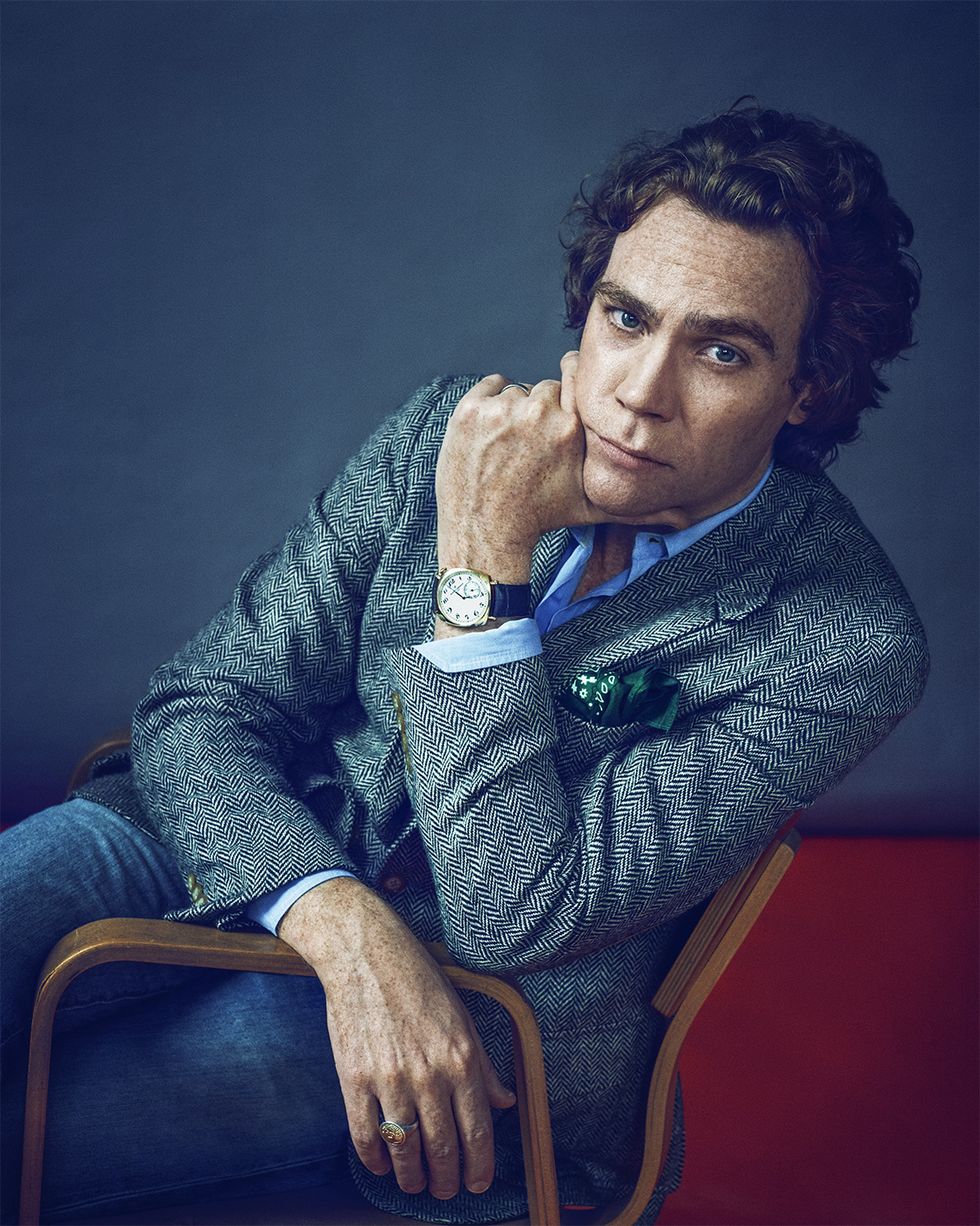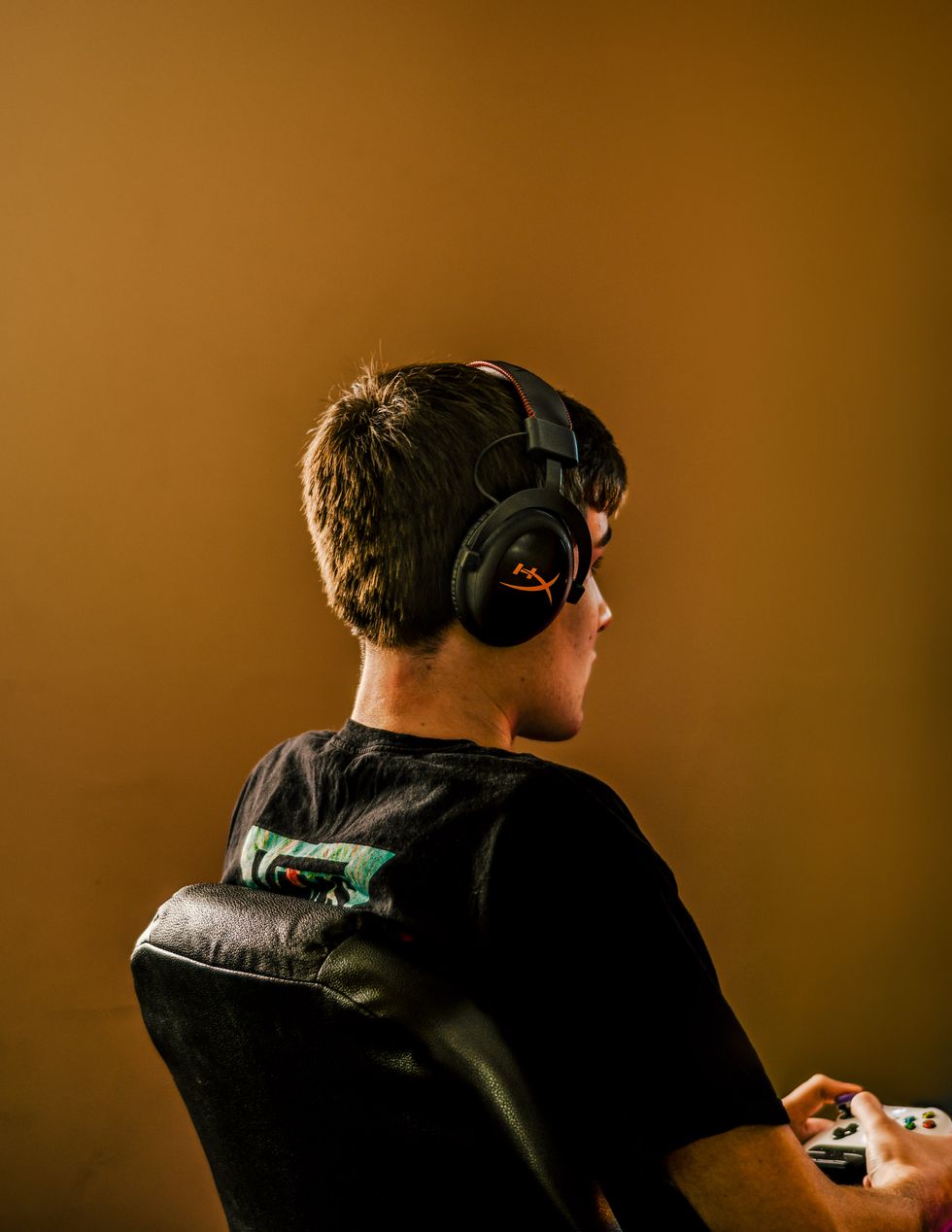I have a son, a fifteen-year-old. He’s the eldest of three, with two sisters who are three and six years younger. At present, the stress of life for my daughters appears to primarily come from the kind of adolescent rites of passage practically every American born since World War II has been made to suffer: boredom; braces; grades; dinners that don’t involve ketchup. If they’re not on one screen (iPhone), they’re on another (TV). Otherwise, growing up at the slight remove of outer Fairfield County, Connecticut, they are experiencing childhood as, for the most part, still that very magical and important thing: childhood.
Up until about two years ago, so was my son. Admittedly, the change began when he entered high school, the age when curious kids are expected to start grappling with the cold reality of how the world works. Soon after that, November 8, 2016, rolled around, and national life has since entered what might be called a fresh hell. We disagree as a country on every possible cultural and political point except, perhaps, one: that private life, as a result, has also become its own fresh hell. This has made the very social fabric of modern democratic civilization—watercooler BS, chats with cabbies and total strangers, dinner parties, large family gatherings—sometimes feel like a Kafkaesque thought-police nightmare of paranoia and nausea, in which you might accidentally say what you really believe and get burned at the stake. A crackling debate used to be as important an ingredient of a memorable night out as what was served and who else was there. People sometimes even argued a position they might not have totally agreed with, partly for the thrilling intellectual exercise playing devil’s advocate can be, but mostly for the drunken hell of it. Being intellectually puritanical was considered backward. More often than not, it was all a lot of fun.
These days, most of us have splintered off into our own ideological echo chambers, regurgitating the talking points of Fox or CNN or MSNBC, depending on your taste in agitprop. These are different kinds of safe spaces, ones in which we’ve all agreed to agree, nodding in unison like a herd of bobbleheads. As adults, it’s actually pretty easy to cop out: We don’t have to go to school, that bossy institution that pokes and prods you while people you don’t particularly like get to watch. Add to this the passions and change this moment has unleashed—#MeToo, gender fluidity, Black Lives Matter, “check your privilege,” and #TheFutureIsFemale—and the task of grappling with the world has to be more complicated for kids than it’s ever been.
It certainly seems that way for my son, especially the day he told me about an activity he’d recently experienced at school. One afternoon, a number of students were gathered to play Four Corners, except instead of numbers, the room was divided into zones named “Strongly Agree,” “Strongly Disagree,” “Kind of Agree,” “Kind of Disagree.” The middle of the room was Switzerland, the land of the “I Don’t Knows.” Someone then read aloud a series of contentious issues—“gun control,” “abortion,” “legalized marijuana”—and the students were expected to go to the area that best expressed their view on each topic.
It was a rich lesson: There are more than just two points of view; “IDK” isn’t really an answer; peer pressure sways what people say; and beliefs, in a highly tribal context like our own, can literally sweep an entire group to its feet without a single synapse firing.
Later on, at an editorial meeting, I shared the tale. I wasn’t, as it turned out, the only one to have heard of such exercises. The question of what it’s like to be a kid these days had been on all our minds, but how could we grapple with an experience so sprawling?
Eric Sullivan, one of our senior editors (who also wrote this issue’s close-combat profile of celebrity attorney Benjamin Brafman), helpfully recalled a classic Esquire profile: Susan Orlean’s 1992 account of the day-to-day life of a ten-year-old boy. Twenty-six years later, we decided to follow that model but to enlarge it into a series on growing up now—white, black, LGBTQ, female—that will continue to appear in coming issues.
This first installment, written by Jennifer Percy, doesn’t have the same aim as Orlean’s piece, which sought to capture a key stage in a boy’s life. What we asked Jen to do—and she did brilliantly—was to look at our divided country through the eyes of one kid. Ryan Morgan is his name. He’s white, lives in the middle of the reddest county in Wisconsin, and, as you will see, he is an unusually mature, intelligent, and determined young man.
I’d like to thank Ryan here for the time he spent with Jen and photographer Justin Kaneps. He may be only seventeen—and as infallibly human as the rest of us—but I admire the courage he’s shown in speaking with us so openly about his life, and for agreeing to be on our cover. “I know what I can’t do,” he says, with some understandable frustration, at one point in the story. “I just don’t know what I can do.” I suspect that although quite a few adults would agree, not many would have the guts to say it out loud.














